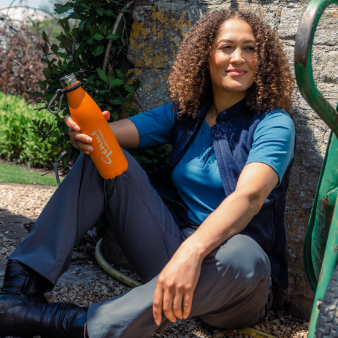Turning a corner

The dearth of insect life in 2024 hasn’t gone unreported and as gardeners, we’ve perhaps noticed more than ever the distinct lack of buzzing around our flower beds. A long wet spring and decades of industrial uses of insecticides are thought to be the contributing factors towards the decline, with the last 20 years seeing a reduction of 20% in overall insect numbers.
But have we turned a corner, if only for this year? At last, we heard a much-missed buzzing as we walked past our flower-laden lavender. Grasshoppers were leaping out of our way as we walked through the meadow, and various butterfly species were seen around the garden and in the copse.
We know a ‘single swallow doesn’t make a summer’ but it’s heartening to see nature returning to the garden. Caterpillars, normally the bane of a gardener's life, have been fattening up on our nasturtiums, and they’re welcome to them. Many people grow them as a ‘sacrificial plant’ and that’s our feeling this year too, though only a few weeks ago we were talking of 2024 as being an exceptional year for nasturtiums - now they are rather ragged and tattered due to the proliferation of the large-white butterfly caterpillars (pictured).
We can only hope that despite a shorter contracted breeding season, insect numbers will be given the chance to rise, leading to a noticeable boost in populations for 2025.











